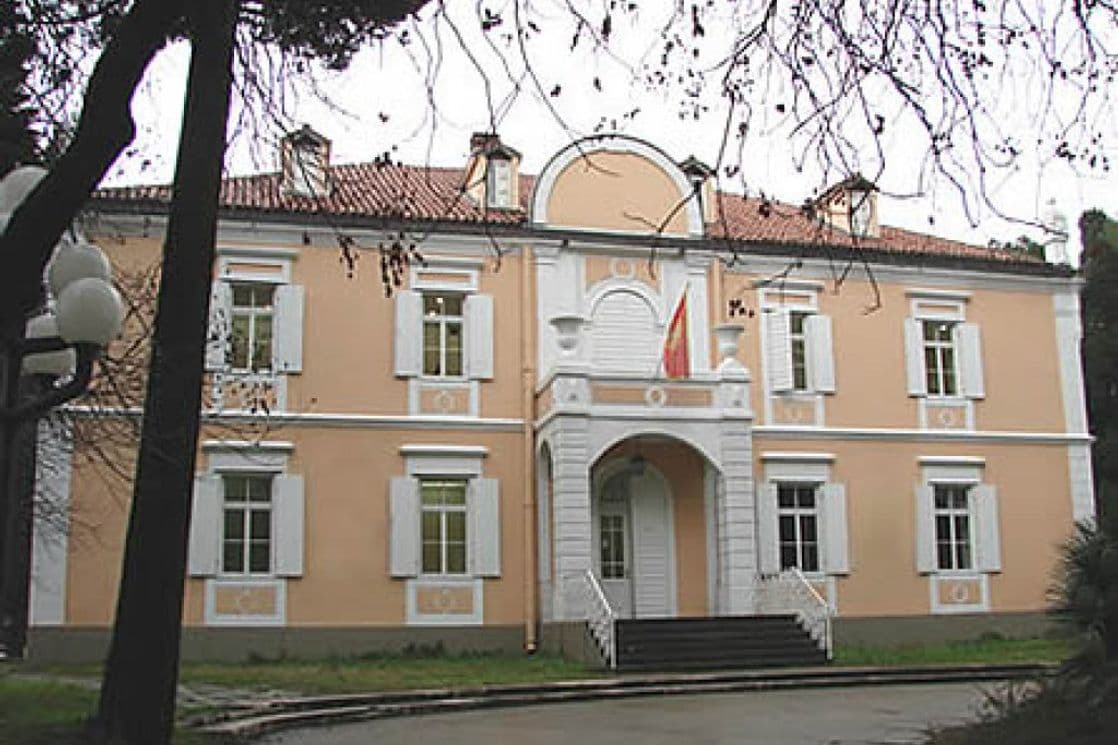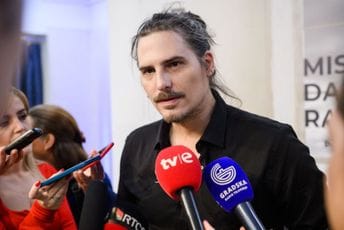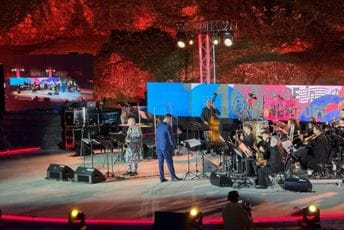Chaos at Montenegro’s Museum of Contemporary Art: Battle for the Director’s Chair or Institutional Collapse?
Welcome to the latest episode of Montenegro’s cultural spectacle, where instead of art, a real drama unfolds! The Museum of Contemporary Art of Montenegro (MSUCG) has turned into a battleground of power struggles, accusations, and legal entanglements that could shame even the most intense political soap operas.
Meetings That Just Won’t Happen
While everyone waits for the museum council meeting to finally take place, the agenda includes an initiative to dismiss director Vladislav Šćepanović. But meetings keep getting postponed — due to vacations or member absences. The last attempt to schedule a meeting on June 27 failed, and the next is planned for July 4. Council members are divided, and the atmosphere is charged with tension and mutual accusations.
The Financial Report Nobody Wants to Approve
The financial report for 2022 was not approved. Two council members, Isidora Damjanović and Natalija Čađenović, voted against or abstained, while others voted in favor. Reasons? Allegedly, the director violated laws, spent money without approval, signed suspicious contracts, and hired companies without tenders. For example, for the Venice Biennale, he hired a company from Belgrade and paid them 20,000 euros, raising doubts about the legality of the procedure.
Accusations Piling Up
Council members claim Šćepanović made unnecessary expenses, like 6,000 euros on cocktails in Venice, even though the event took place only in April. Also, purchasing artworks worth 30,000 euros without clear criteria, hiring foreign designers instead of museum employees, and inadequate promotion of exhibitions that cost tens of thousands of euros but were visited by only a few dozen people.
Worse, Šćepanović allegedly paid high fees to foreign artists (up to 10,000 euros), while domestic artists received humiliatingly low fees, sometimes only 1,000 euros, despite many being internationally recognized.
Director Threatens to Dismiss Council Members
After the financial report was not approved, the director threatened to dismiss council members who voted against it. He organized a petition for their dismissal, ignoring the fact that council members are appointed by the Montenegrin government, not the employees. This behavior caused further tensions and accusations of abuse of power.
Employees Side with the Director
Meanwhile, most museum employees sent a letter supporting the director, claiming attacks on him are attempts to destabilize the institution and that he is responsible for raising the quality and international visibility of the museum. Employees accuse council members of personal interests and political pressures that undermine the institution.
Media Pressure and Intimidation of Journalists
The situation is so tense that some curators began questioning journalists about their motives and future articles, which represents pressure on the media and a symptom of a broader institutional pathology. Instead of focusing on their work, employees take on the role of spokespeople for the administration.
Forgery of Documents and Legal Manipulations
The director is also accused of forging documents — allegedly sending incomplete financial reports to the Ministry of Culture and falsely claiming the council approved the report in January, which was not true. Also, violations of public procurement laws are justified by alleged “public interest,” which is legally unfounded and represents conscious manipulation of the law.
Why Is This Happening?
All these scandals and conflicts point to a deep institutional crisis at the Museum of Contemporary Art of Montenegro. Instead of being a beacon of culture and art, the museum has become an arena for political games, personal conflicts, and legal entanglements. While directors and council members bicker, the real victim is the institution itself and its audience.
Conclusion: Culture or Chaos?
Will this chaos end with the director’s dismissal and the institution’s return to the right path, or will the decline of one of Montenegro’s most important cultural centers continue? One thing is certain — while power games are played, culture loses, and citizens are deprived of quality artistic content.
If you thought museums were boring, think again! This Montenegrin museum is a real drama full of intrigue, accusations, and political scheming. What do you think — who’s the real culprit here? Drop a comment, crack a joke, or just enjoy this cultural circus!





















